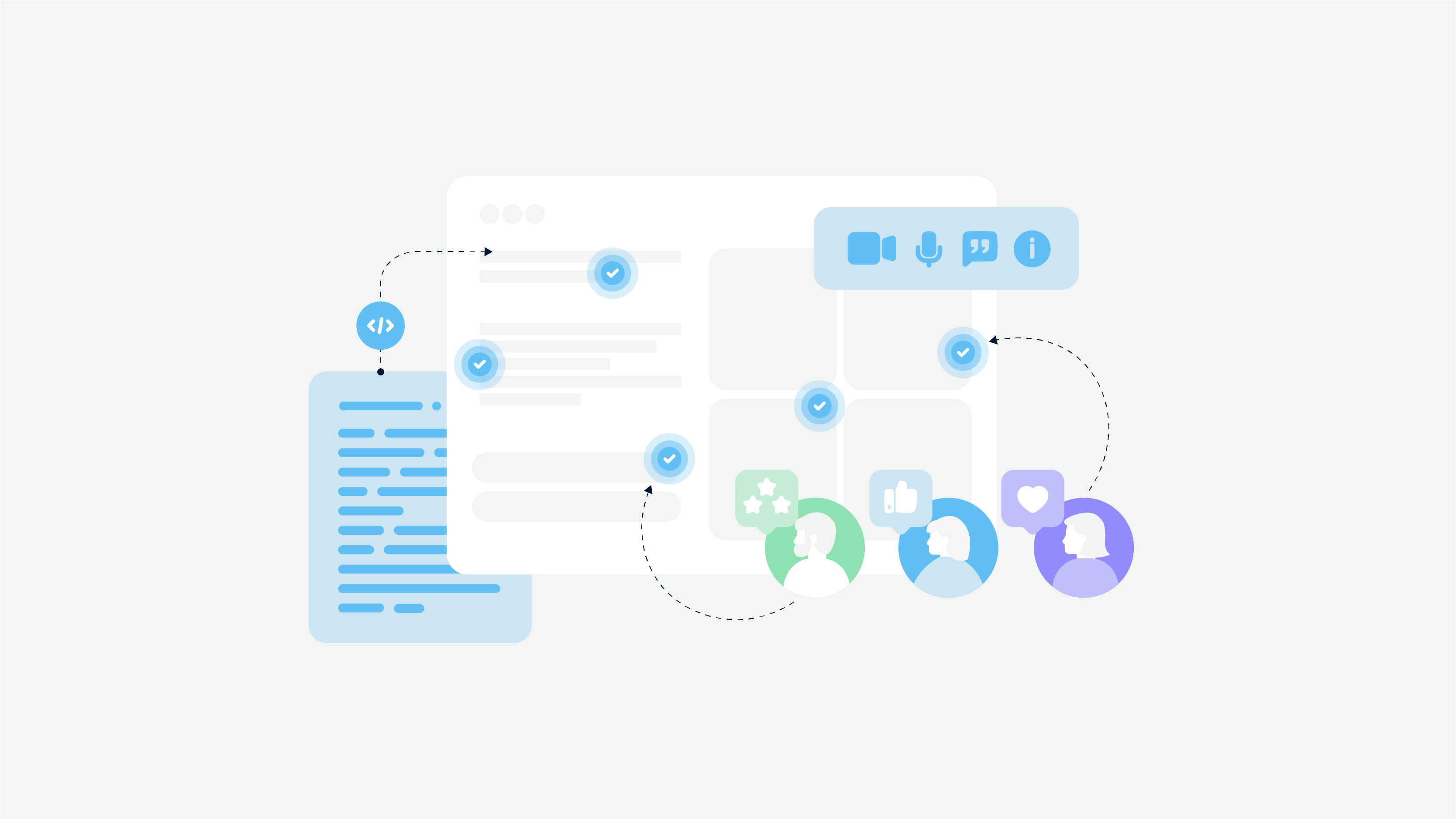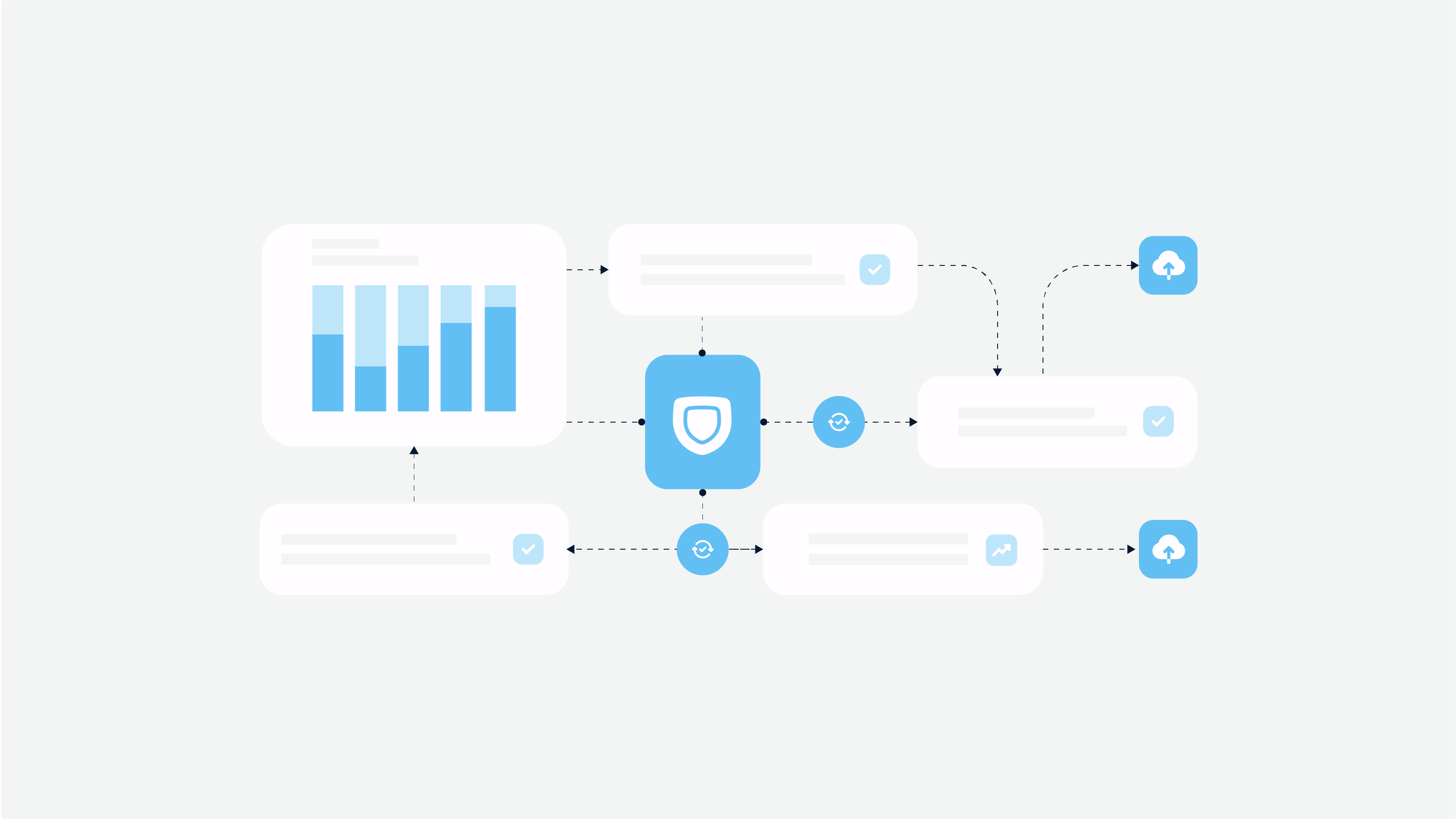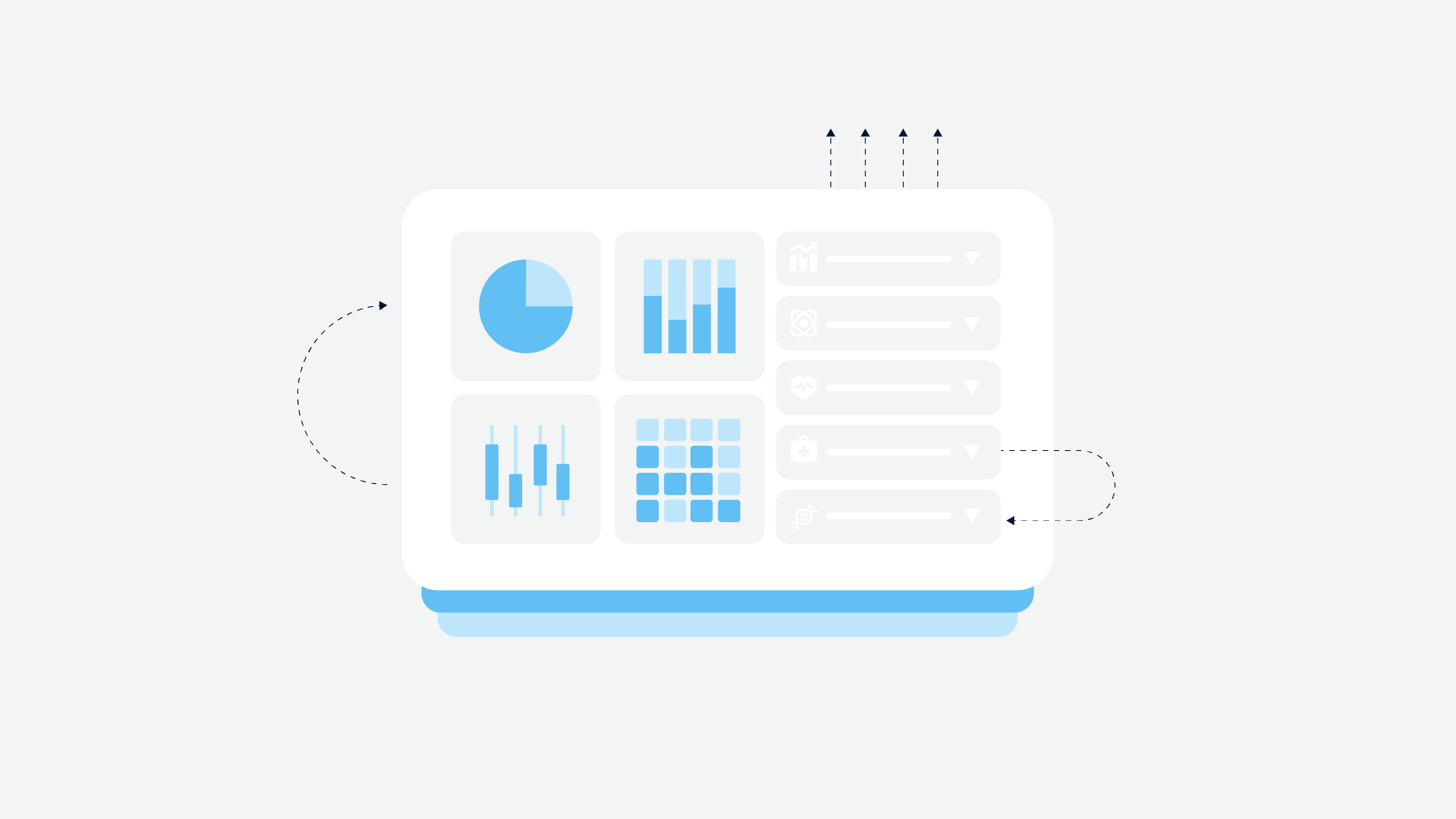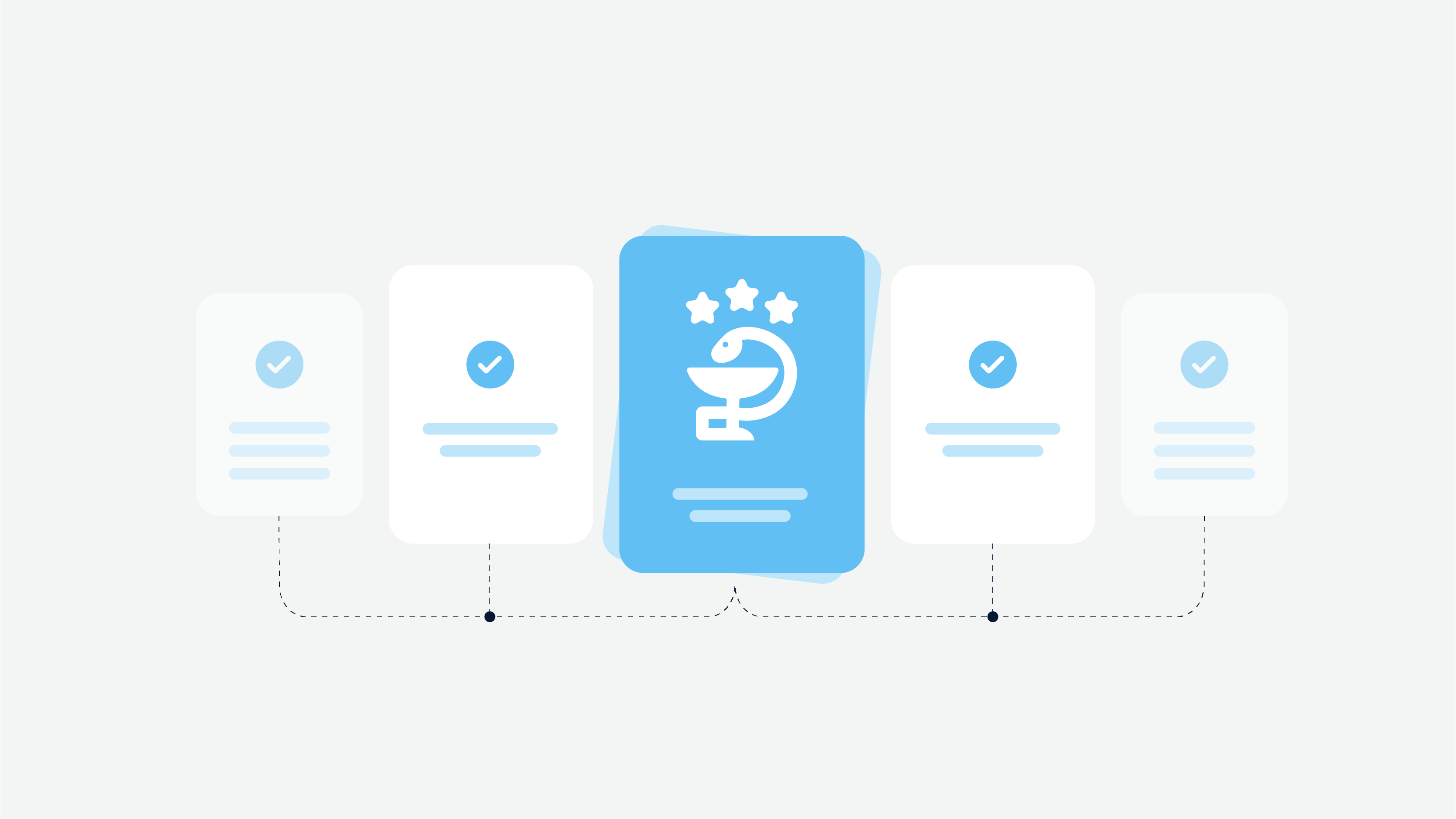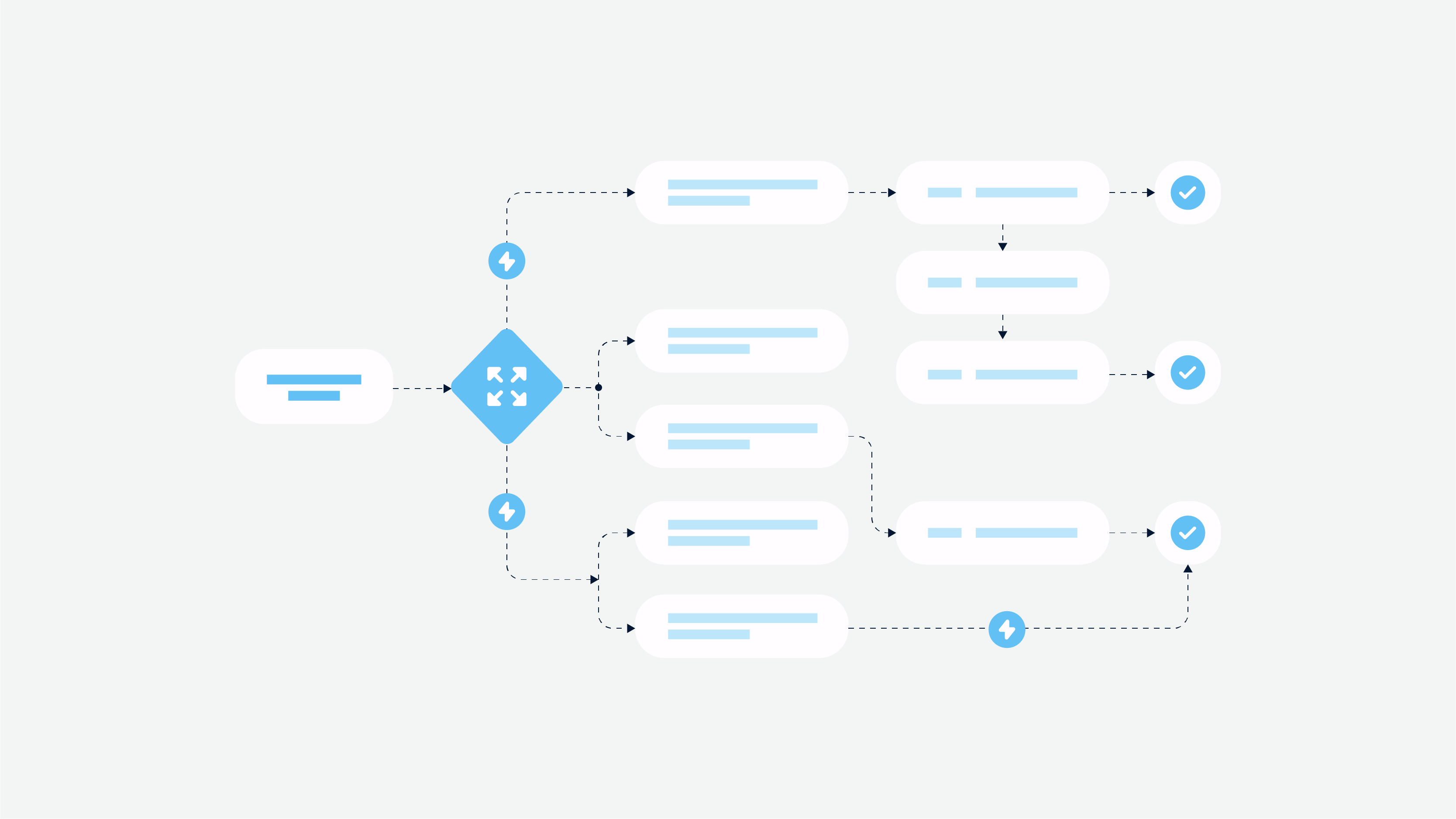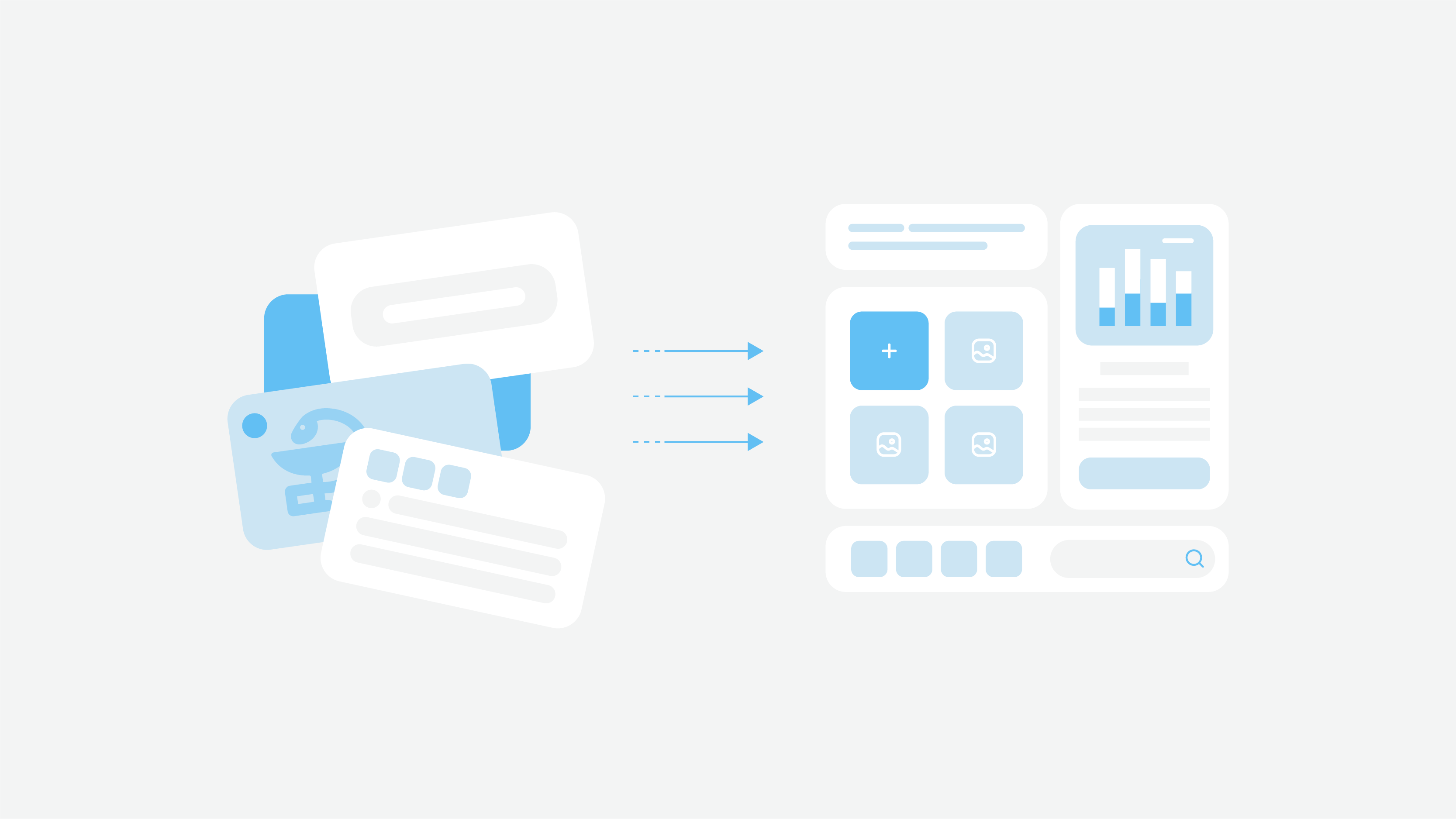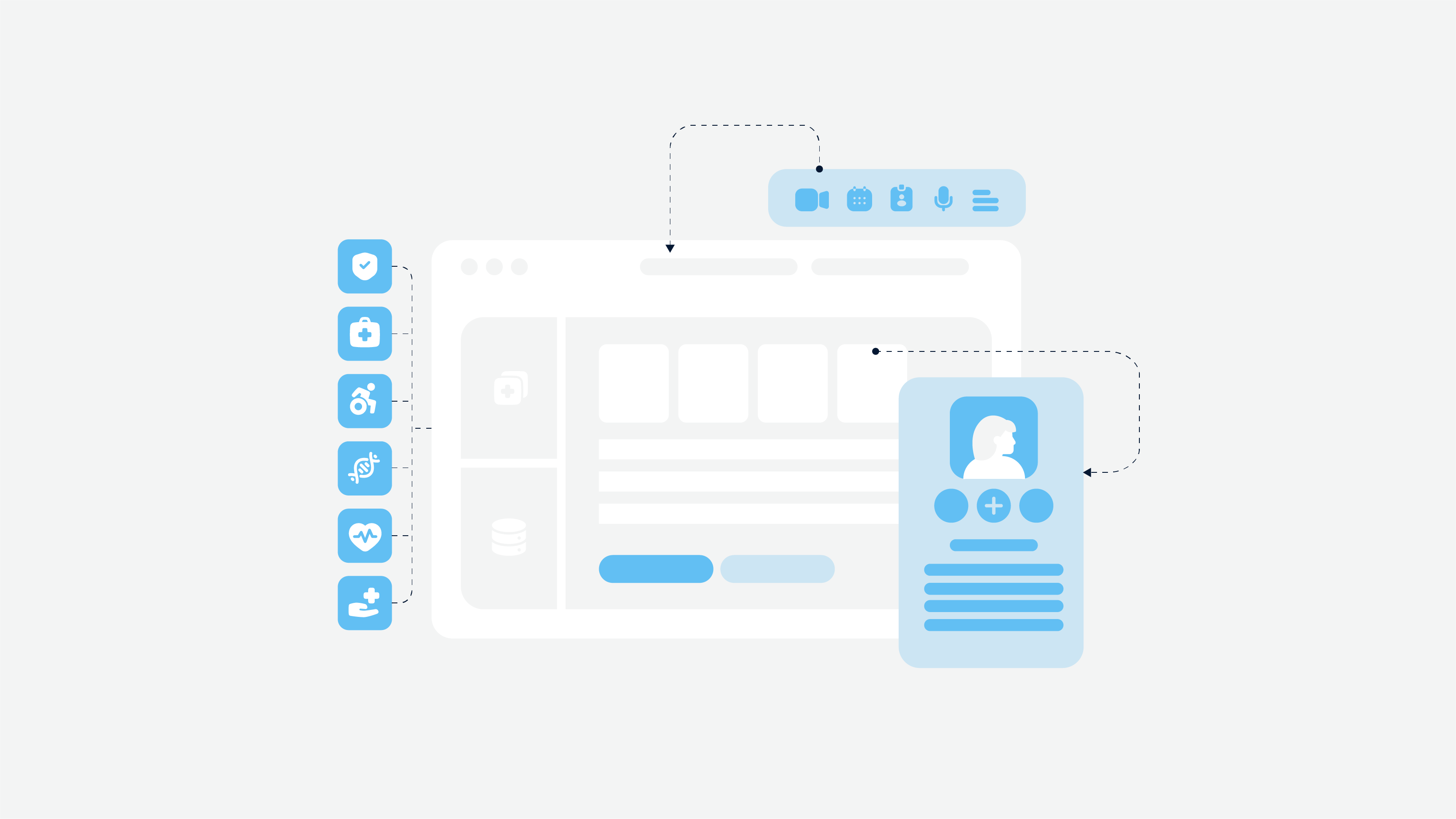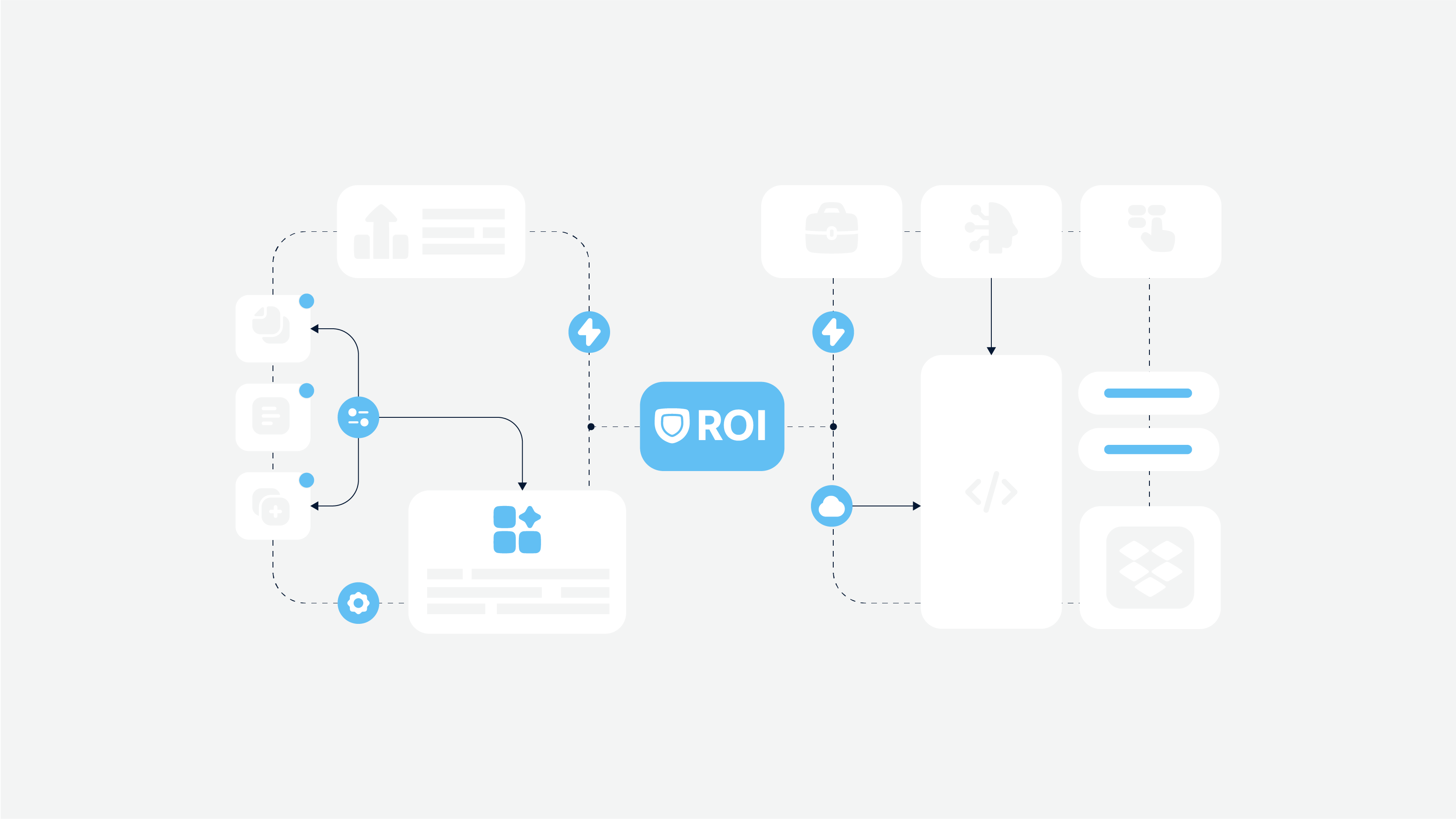Creating an optimal user experience for mobile apps is paramount today. This is the basis of successful digital products, their philosophy, and their value.
At the center of this process, you can see an important stage – creating a mobile app wireframe. And you will have to choose between a DIY solution or entrusting this key task to external experts through outsourcing.
In this article, we will compare DIY and outsourcing approaches, as well as explore the nuances of the average app wireframe. We will also take a closer look at key aspects of choosing the proper methodology.
What is Wireframing of Web and Mobile App?
Wireframing is an essential step in the process of web and mobile app development. This process involves creating a simplified and visual representation of the user interface, outlining the structure, layout, and basic elements without delving into the detailed aspects of the design. Essentially, an app wireframe serves as a diagram or skeletal structure that describes user flows, major components, and their placement on a page or screen.
For example, a mobile app wireframe acts as a 2D blueprint, providing a visual guide illustrating how the application will function. Unlike the final design, it focuses on key screens and interface elements, allowing application owners and development teams to agree on the direction and scope of the project. UX designers often create wireframes to guide developers in initiating the entire mobile app development process.
In the context of software development and web design, the primary purpose of wireframing is to define the structure and functionality of a digital product before proceeding to more detailed design and development phases. The team creates an app wireframe in the early stages of a project to provide a baseline for developers and stakeholders to understand the UI layout and user flows.
Key characteristics of wireframes
- Simplicity. The wireframes are intentionally simplistic, focusing on basic structure rather than complex design details. This simplicity allows you to visualize the layout and user flow quickly.
- Visual hierarchy. They emphasize the visual hierarchy of elements, indicating the relative importance and placement of various components on a page or screen.
- Potential interactions and actions that users can take within the application. This includes showcasing buttons, links, forms, and other interactive elements that users can engage with. This way, the app wireframe provides a clear understanding of the functionality and user experience.
- Content placement. Mobile app wireframes depict the placement of content, including text, images, buttons, and other interactive elements, to clearly understand how the interface will function.
- Navigation. They shape the navigation process and user flow by showing how users will move between different pages or sections of an app or website.
- Functionality. The app wireframe focuses on representing the core features of the interface, helping the development team and stakeholders agree on the direction of the project.
- Iterative process. Mobile app wireframing is often an iterative process that allows for quick adjustments and modifications based on feedback and changing project requirements.
- Space distribution. This is how different elements and content are allocated within the available screen space. Mobile app wireframe includes determined placement and proportions of various components, such as text, images, buttons, and navigation menus. Proper space distribution ensures a balanced and visually appealing layout while considering the importance of each element in the overall design.
- Transitions between app pages. Mobile app wireframes indicate how users will move from one screen to another within the application. This involves illustrating the connections and flow between different wireframes and showcasing the logical sequence of pages or screens. This aspect of mobile app wireframing helps understand the user journey and ensures a seamless and intuitive navigation experience.
The app wireframe serves as a valuable communication tool for synchronization between team members and ensuring a shared understanding of the project’s visual structure. Ultimately, it is pivotal in streamlining the design and development process by providing a clear and early visualization of the intended user interface.
Why Is Mobile App Wireframing So Important?
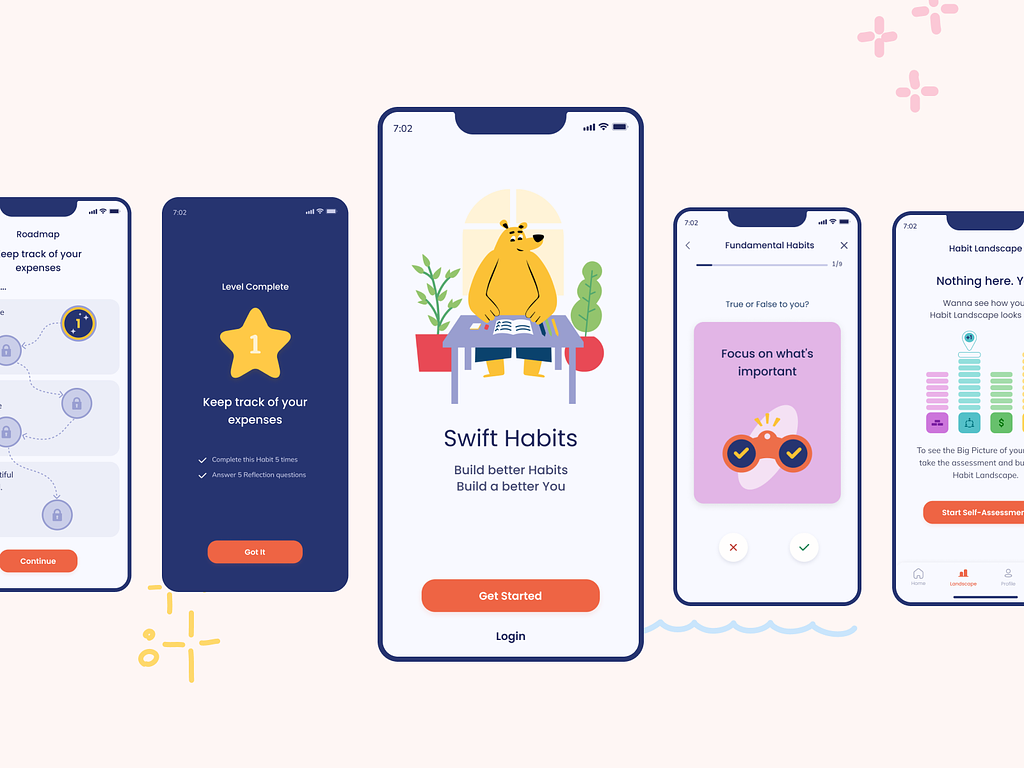
Wireframing can greatly benefit a project, whether it is a tourism web portal or a gaming mobile app. And here’s why.
Analyzing and improving user experience (UX)
This planning serves as a basis for UX analysis before diving into detailed design or development phases. Visualization of the application structure and user flows helps to optimize the number of screens required for different tasks. It also makes navigation more intuitive and improves the overall user experience.
Determining the context and motivation behind the user’s actions in mobile apps
With the help of frames, designers determine the context and motivation of user actions in the application. This includes understanding where users will click, their actions, and how they will navigate the interface. Such clarity helps design interfaces that match user expectations and behavior.
Creating a visual bridge between the concept and the product
The app wireframe creation helps to bridge the gap between initial thoughts and the end user-oriented mobile app. It provides a tangible visual representation of the program’s structure and functionality.
A better understanding of the mobile app, its nuances, and features
Documenting use cases during wireframing allows you to walk through every step of the development process virtually, helping you examine and determine how well your application is achieving its goal.
Focus on the user and their needs
It is essential that the developers understand the users’ problems and know how the product can solve them. This is equally important for the success of any product – from simple games to complex healthcare applications. App wireframes allow you to focus on that.
They provide designers with a visual representation to measure the effectiveness of the user’s interaction with the interface by identifying the context and incentives behind the user’s actions.
Saving time and money
App wireframe allows you to quickly modify a product at little or no cost. Analyzing and improving the user experience before diving into the design or development process helps avoid costly redesigns. This also provides extensive scaling capabilities for mobile apps, which is very important in today’s digital environment.
In essence, structuring applications is a key step that improves the understanding and efficiency of the development process.
Key takeaways
- Wireframing is a vital step for developing a modern mobile app, offering a simplified and visual representation of the user interface.
- Mobile app wireframes are some kind of 2D blueprints, guiding the application’s functionality and visualizing key screens and interface elements.
- The mobile app wireframe should emphasize a visual hierarchy and user flow, showcase potential user interactions, and define content placement.
- The wireframing process helps shape the navigation and functionality of the mobile app.
- Mobile app wireframe serves as a communication tool, fostering synchronization among team members.
- App wireframes are crucial for analyzing and improving user flow and experience as they determine the context behind user actions.
- It facilitates a better understanding of the digital product, its nuances, and its features, allowing for a thorough examination of how well the application achieves its goals.
- The wireframing process for your mobile app aids in saving time and money, allowing for quick modifications at minimal cost and avoiding expensive redesigns.
DIY App Wireframe
DIY wireframing is the process of creating visual outlines or sketches of a digital interface ( website or mobile app) without the help of professional designers. In this case, employees or teams, often within a company or organization, engage in design using various wireframe app tools and software developed specifically for this purpose.
These tools typically offer a simple and user-friendly interface that allows non-designers to create basic representations of UI components. These can be pages, navigation menus, buttons, and other basic elements.
The most popular examples of such tools are Balsamiq, Sketch, or even simple sketches with pen and paper. They enable users with limited design experience to conceptualize and communicate ideas visually, creating a foundation for developing digital products.
Despite the fact that DIY wireframes for apps look quite convenient, it is important to remember that effective UI/UX design requires a certain level of knowledge. Without skilled designers, wireframes may lack the finesse necessary to provide optimal user interaction. In addition, the nature of internal teams, especially those that do not specialize in wireframe design, can affect the overall development schedule.
Let’s take a closer look at the advantages and disadvantages of this approach.
Pros of DIY wireframing for mobile app
There are several reasons to choose DIY wireframing:
- Cost efficiency
DIY wireframe tools like Balsamiq or Sketch are a good solution for companies on a tight budget. They enable internal teams, even those with limited financial resources, to build basic wireframes without a significant investment in specialized software.
- Internal learning opportunities
Participating in wireframe design provides an opportunity for team members to learn and develop basic design skills. This can be valuable for organizations looking to create a design-focused culture, grow their design team over time, or upskill their workforce.
- Practical participation
DIY wireframing allows you to involve project stakeholders and team members directly. This hands-on approach can lead to a deeper understanding of project requirements and improve team communication.
- Fast iterations
One of the main benefits of a custom wireframe is the ability to make quick adjustments and iterations. Internal teams can respond quickly to feedback and changing project requirements, facilitating a dynamic and flexible development process.
Cons of DIY wireframing for mobile app
Despite the simplicity and advantages of this approach, it has quite a lot of nuances to consider:
- Limited mobile app design complexity
DIY wireframing tools are often user-friendly but can have limitations when it comes to complex design requirements. Creating unique and detailed wireframes, especially for complex applications, can be a daunting task without professional design skills.
- Dependence on internal resources and skill requirements
This approach relies heavily on the internal resources and skill sets of team members. If the team lacks the necessary skills or if key team members are not available, this can prevent effective wireframe creation.
Moreover, even the straightest design process still requires a certain level of experience to create something valuable. Without skilled designers, DIY wireframes may lack the sophistication required for optimal user interaction. This can result in interfaces that do not meet user expectations and industry standards.
- More time, more money
Internal teams, especially those that don’t specialize in design, can take longer to produce high-quality wireframes. This can potentially cause delays in the overall development schedule, affecting project deadlines.
- Potential lack of creativity
It can be difficult for people without design experience to bring creative and innovative elements to the design process. This lack of creativity can affect the overall user experience and lead to expensive and ineffective design solutions.
- Risk of miscommunication
Without a common design language or understanding, there is a higher risk of misunderstanding within the team. This can cause the wireframes to not accurately reflect the intended design, potentially causing confusion during development.
- Variability of mobile app quality
The quality of such wireframes may vary depending on the qualifications of the people involved. Consistency and adherence to best practices can be a challenge for the various team members involved in the wireframe development process.
Also, DIY wireframes may not have the specialized expertise that professional designers offer. This can affect the overall appearance, usability, and performance of the digital solution.
Key takeaways
- DIY wireframing involves creating visual outlines for a mobile app without professional designers, often using app wireframe tools or software.
- The wireframe template for the mobile app serves as a foundation for visualizing the app’s structure and layout.
- DIY mobile app wireframing is linked to user flow within the app.
- Effective UI/UX design requires a certain level of knowledge, and without skilled designers, DIY app wireframes may lack finesse, impacting optimal user interaction.
- The advantages of DIY app wireframes include cost efficiency, internal learning opportunities, practical participation, and fast iterations.
- Limitations and cons involve challenges in dealing with complex design requirements, dependence on internal resources and skill sets, potential delays in production, risk of miscommunication, and variability in the quality of mobile app design.
- The approach may take more time and money from internal teams, especially those lacking design specialization.
Outsourcing Wireframes
Outsourcing wireframes is hiring external specialists or agencies to create visual prototypes and outlines of the digital interface for various digital products – from websites to mobile applications. Rather than relying on internal teams or employees within a company, outsourcing delegates the wireframing process to specialized third-party experts with the necessary design skills and experience.
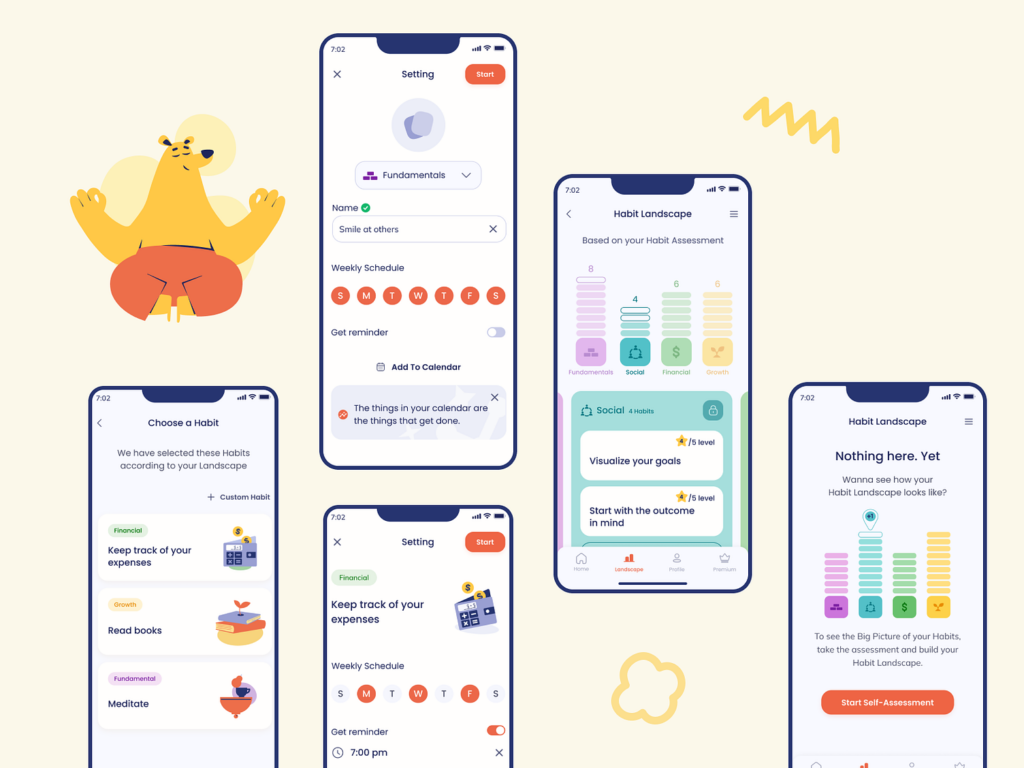
In the context of software development, wireframe outsourcing is a strategic decision when companies use the services of specialized design agencies that have extensive experience in conceptualizing and creating the preliminary visual structure of their digital products. This approach is typically used when a company lacks in-house resources or is looking for very specific skills and expertise that highly specialized teams can provide.
This approach has several advantages, including access to niche experts, faster turnaround times, and the ability to focus internal teams on other critical aspects of the project. External agencies definitely have richer experience and functionality than one-size-fits-all tools. This provides unique practices and aligns the design process with industry best practices.
Let’s figure out what other advantages this approach has and what disadvantages should be kept in mind.
Pros of outsourcing wireframes
The main advantage of this approach is expertise and quality. Outsourcing to professionals provides specialized expertise and the creation of unique designs that align with industry best practices. Apart from this, there are several other advantages:
- Saving time
External agencies have established processes and can greatly speed up the design process. Your internal development team can focus on other critical aspects of the project. This, in turn, increases overall efficiency and productivity.
In other words, by delegating the design phase to external experts, you can more effectively use your own resources for aspects such as coding, testing, and project management.
- Access to specialized tools
Professional design agencies often have access to a wide range of advanced wireframing tools and software. First, it saves you a lot of money. Second, it ensures that wireframes are created using the latest and most efficient technologies, which improves the overall quality of visual prototypes.
- Global talent pool
In this case, you get access to a global pool of qualified designers. This provides an opportunity to work with professionals who have diverse perspectives, experiences, and creative approaches, contributing to the creation of more innovative and effective products.
- Cost flexibility
Although outsourcing may involve some costs, it provides flexibility in budget allocation. Businesses can choose the level of expertise and service that fits their budget constraints, making it a scalable and adaptable solution. This is not possible when buying DIY tools.
- Reduced overall costs
You don’t have to maintain your own design team, so the overall costs associated with salary, benefits, and workplace will be much lower. This cost-effective approach can be especially beneficial for small businesses or startups.
In addition, this approach provides scalability, allowing companies to adjust the size of the external design team according to project requirements. This flexibility is valuable for projects of varying size and complexity.
Cons
Now, let’s look at the disadvantages of this approach. Expertise is valuable, but outsourcing can put a strain on your budget, especially for smaller projects. In the long run, this option will save you money, but it is important to carefully asses the advantages of professional quality and additional financial investments.
- Possible communication problems
Coordinating work with an external team can potentially create communication difficulties. This happens when the design partner is chosen incorrectly.
- Dependence on external factors
Outsourcing introduces a certain level of dependence on external factors, such as the availability and responsiveness of hired designers. Delays by the external team can affect project timelines.
- Risk of inconsistency
Without effective communication and a shared understanding of project goals, there is a risk of misalignment between internal stakeholders and the external design team. This can cause wireframes to not accurately reflect the intended design vision.
- Loss of internal control
Outsourcing means entrusting some control over the wireframe development process to outside parties. Businesses can find it difficult to maintain the same level of oversight and control they would have with an in-house team.
All these challenges are very easily mitigated if the outsourcing team is chosen correctly – in accordance with your requirements, needs, and vision. That is why it is so important to find a team of specialists with a personalized approach. And we at Cadabra Studio are just such specialists. Let’s talk.
Key takeaways
- Outsourcing app wireframes means hiring external specialists to create visual prototypes in digital UI.
- Outsourcing wireframes for mobile apps is strategic when lacking in-house resources or requiring specific expertise from external teams.
- Advantages of outsourcing app wireframes: expertise and quality aligning with industry best practices, time-saving, and access to specialized tools for improved prototype quality.
- Outsourcing the app wireframe creation also gives access to a global talent pool for diverse perspectives and creativity.
- It also provides perfect user flow planning, cost flexibility, scalability, and reduced overall costs.
- Disadvantages of outsourcing wireframes for mobile apps: budget strain for smaller projects, possible communication problems, and dependence on external factors.
Wrapping Up: Which Option to Choose?
When deciding between DIY tools and outsourcing to wireframe app, paying attention to the following points is very important.
Size and complexity of the project
These factors play a crucial role in determining the most suitable approach. For small projects with simple requirements, DIY wireframing tools may be sufficient. This can be a quick and cost-effective solution.
However, outsourcing mobile app wireframe to professionals becomes a strategic choice when it comes to complex applications that require precision and specialized knowledge. It is especially relevant for complex logistics app development.
Outsourced teams bring in-depth experience, ensuring the accurate representation of complex details in the wireframes, which helps the success of more complex projects.
Project timeline
Whether it is educational project development or the creation of a one-page app, it is essential to assess the urgency of your project. DIY wireframing can be suitable for projects with a short timeline. On the other hand, outsourcing can speed up the wireframe development phase and provide flexibility to the process, allowing for a faster turnaround, especially if time is a critical factor.
Budget constraints
A realistic estimate of your budget is critical to making an informed decision. While in-house wireframe tools offer a cost-effective entry point, outsourcing can result in higher upfront costs.
However, it is essential to consider the potential long-term benefits. Outsourcing mobile app wireframe often results in a more advanced product due to the expertise of the professionals, which can increase overall quality and efficiency. Consider the trade-off between the immediate cost savings and the potential return on investment in terms of a smoother development process and a superior end product.
Design consistency
Design consistency throughout the project is a very important factor. Creating custom wireframes relies on the internal team’s ability to maintain a cohesive design language. If consistency is a top priority, outsourcing to professionals ensures a standardized approach and adherence to design principles, improving the overall visual unity of the project.
Long-term vision
Outsourcing can ensure a smooth transition from the wireframing design to more complex design and development phases if scalability and continuous development are expected. Professional external teams can contribute to a comprehensive, end-to-end solution that meets the future development of your project.
Internal skill set
If your team lacks the necessary expertise, outsourcing becomes a valuable option. External professionals have a specialized skill set that ensures the project receives the attention it deserves.
This is particularly important to achieve a high standard of mobile app wireframe that adheres to industry best practices. Outsourcing allows your team to leverage the expertise of experienced professionals, bridging any internal skill gaps and facilitating the success of the wireframe development phase.
Choose someone who understands your needs and requirements
It is very important to entrust the design to those who pay attention to the specific requirements of your project. At Cadabra Studio, we have expertise and well-established processes that ensure a personalized approach to each client. We’d love to answer all your questions, so let’s talk.


